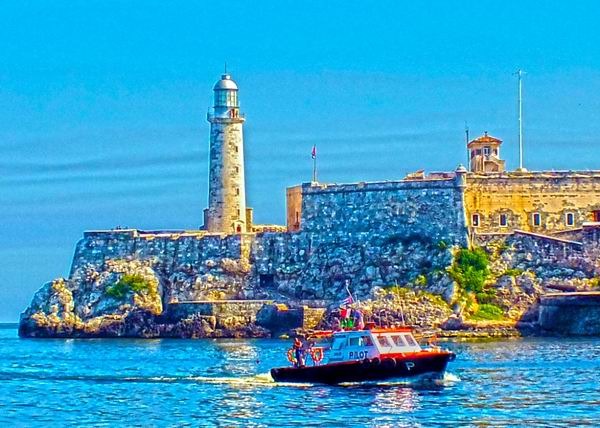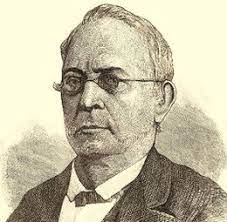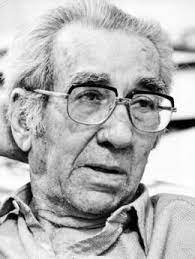
Havana ephemeris. May 26
1799. Felipe Poey y Aloy is born in Havana, Cuba.

He came to stand out as a leading figure in the history of Natural Sciences in Cuba in the 19th century. He was not only a notable exponent of universal science, but also in his civic and intellectual life.
He dedicated himself to the study of nature in Cuba, whose fascinating color seems to touch his sensitivity for research. His first scientific work was related to Cuban butterflies. At a certain moment in his life he interweaves the ideas of nature, with perfection and God. Perhaps, his diligent work as an observer and collector during the preparation of his book "Memories on the Natural History of Cuba" was decisive in this, one of his transcendental works. In 1861, when the Academy of Medical, Physical and Natural Sciences was established in Havana, the first of its kind in the entire continent, he was among its founding members. Shortly after, in 1877, the Anthropological Society was founded and he would be its first president. He was also a Merit Member of the Economic Society of Friends of the Country. With the passing of his existence, he leaves behind his mystical doubts and becomes a convinced follower of the scientific theory of evolution. His scientific rationalism does not hinder his exquisite artistic and literary sensibility, which leads him to write verses, articles and literary criticism, stories and other narratives.
His death occurred in the Cuban capital on January 28, 1891.
1990. The painter Mariano Rodríguez dies in Havana.

He was one of the founders of the Havana school of painting and one of the most prestigious Cuban creators in this regard. He worked incessantly in the search for new forms of expression to capture, from a universal perspective, the Cuban school. He was the last of the survivors of the great founders of the Havana school of painting. He summed up the meaning he attributed to painting in one sentence, saying: “Living and painting, painting and living”.
I create a diverse and comprehensive work, universal because it is Cuban. He was cataloged as the painter of the roosters, a theme for which he was internationally known since the early years of the forties.
The image of the rooster exerted a great influence on him and about this he pointed out: “When I am in a process of change in terms of the line of creation, I paint a rooster. If it goes well, the change is positive, and if not, it is not favorable.”
He painted until the last moments of his life. His indefatigable love for what he did, his hard work, his exceptional talent, have allowed us to receive, as a legacy, a vast work of his creation. His collection of oil paintings, pastels and drawings remain as cultural heritage of Cuba.
He was born in Marianao, Havana, on August 24, 1912.